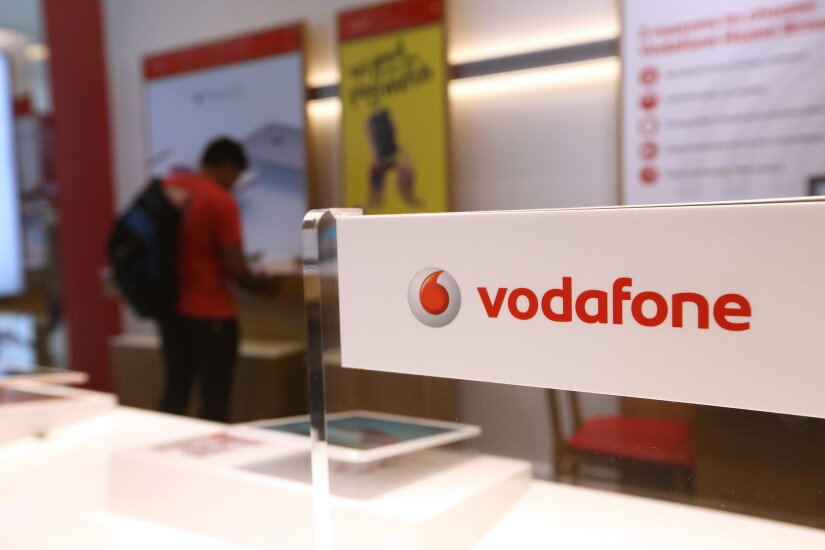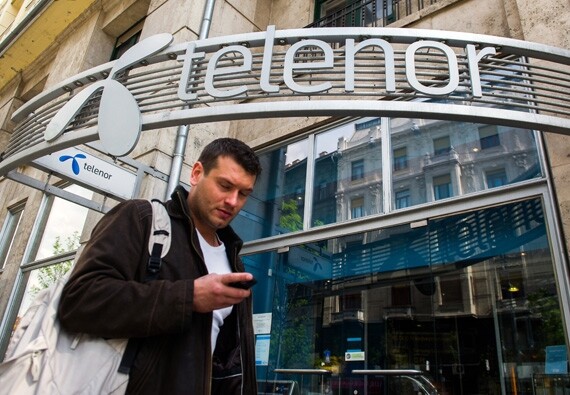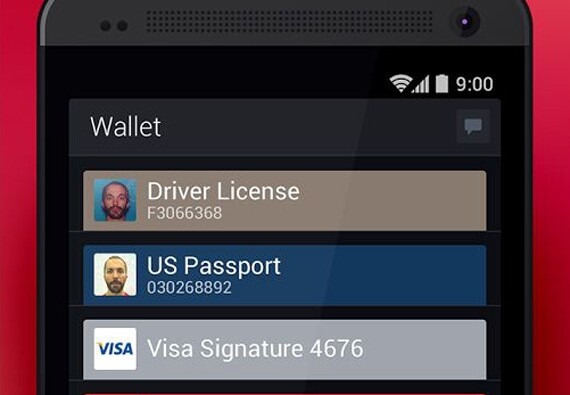The success of the mobile wallet market was never guaranteed, even after the massive shift to digital payments that took place during the coronavirus pandemic.
Amid success stories like Apple Pay, Google Pay and the Starbucks app, there are many wallet apps that failed to gain traction — or squandered it when they did. But there is a lot to learn from their experiences.
This story was compiled from reporting by PaymentsSource writers including John Adams, Kate Fitzgerald, David Heun, Michael Moeser and Daniel Wolfe.


















